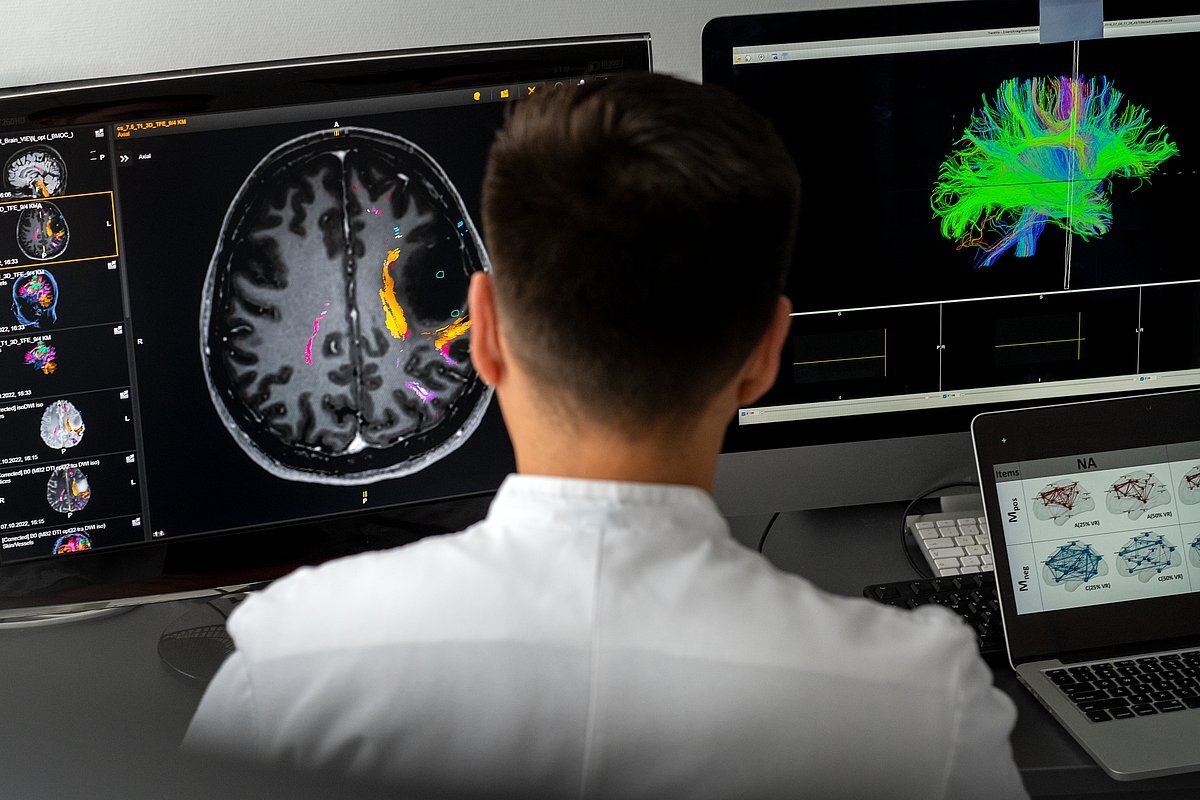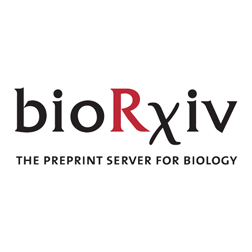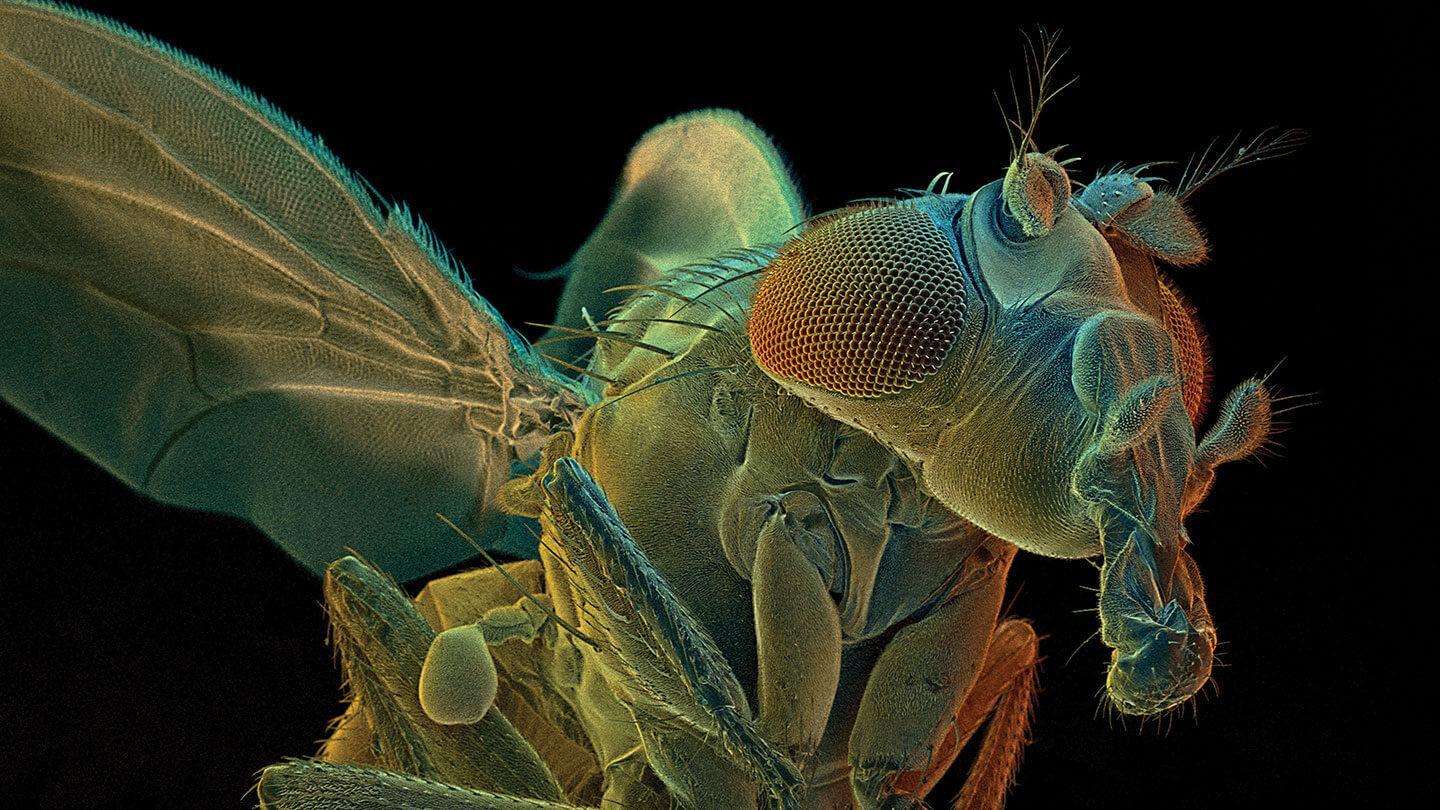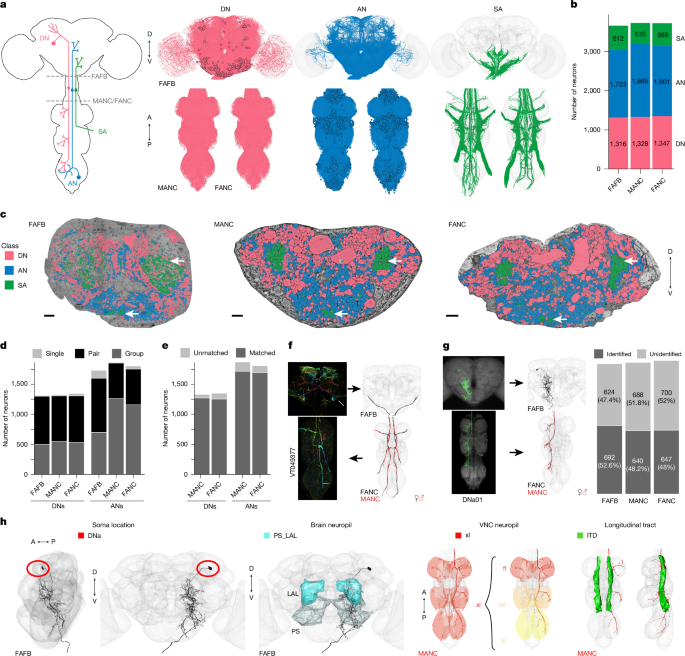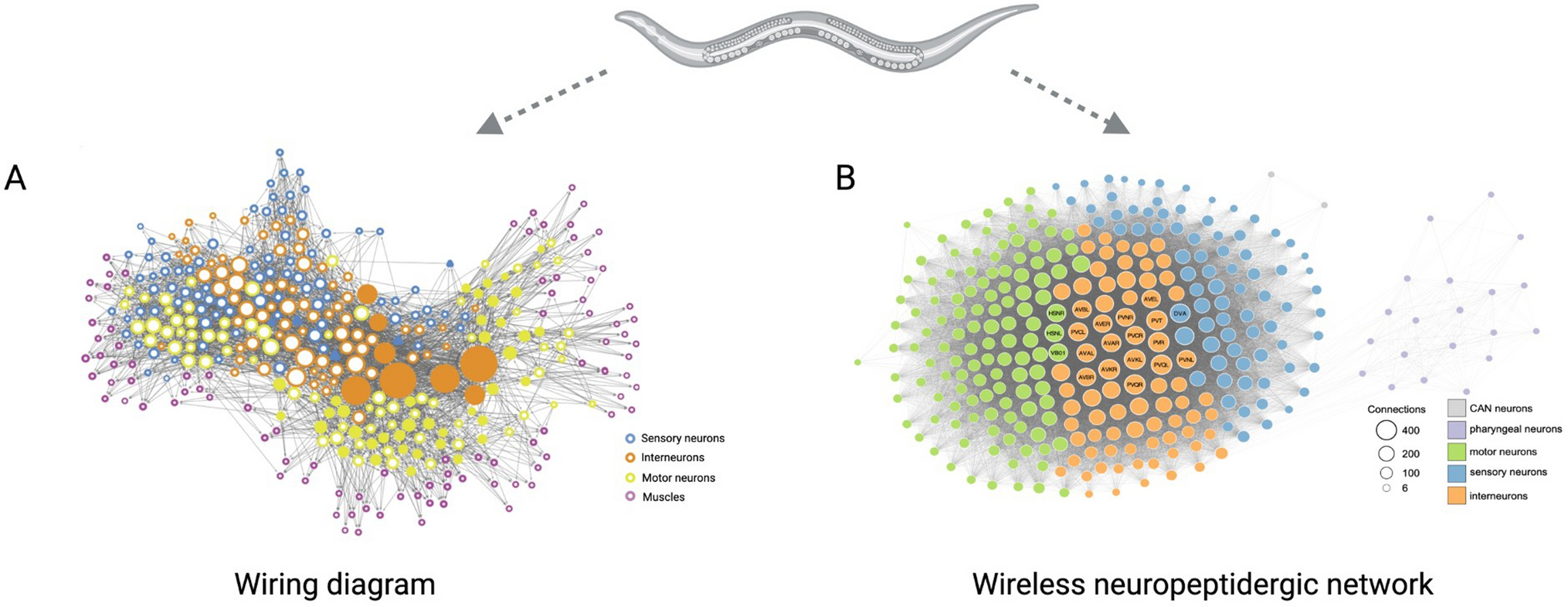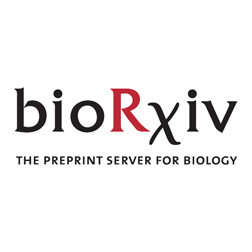From Elizabeth Marin at Zoology Dept., Cambridge University:
"Together with Greg Jefferis (MRC LMB, Cambridge), Wei-Chung Allen Lee (Harvard Medical School), and Meg Younger (Boston University), I have secured a £4.8M Wellcome Discovery Award to generate a mosquito brain connectome and investigate chemosensory circuits involved in human host-seeking."
"We are currently recruiting for two research assistant positions based in the Zoology department at Cambridge University. Please share this post with any likely candidates :)."
https://www.jobs.cam.ac.uk/job/51256/
Focus lies on the comprehensive mapping & analysis of all #neuronal connections in the brain: http://go.tum.de/373567
A.Eckert
